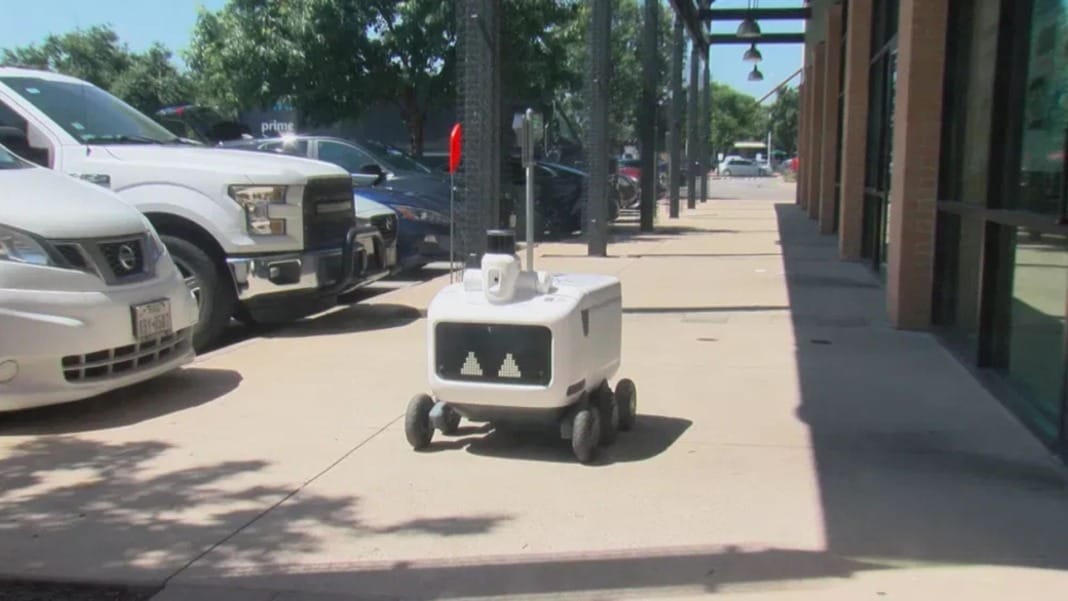Avride, a robotics company that originated from the Russian tech giant Yandex, is launching a new fleet of advanced sidewalk delivery robots, starting in Austin, Texas, and South Korea. This upgraded model represents a significant step forward, focusing on efficiency and precision to better serve customers ordering through Uber Eats and other partners.
Unlike its six-wheeled predecessors, Avride’s latest robot design has switched to a four-wheeled configuration. This change isn’t just for appearances — it marks a shift toward better energy efficiency and a reduction in overall friction. These updates enable the robots to run longer on a single charge and reduce the need for frequent battery replacements or charging, an improvement essential for seamless, round-the-clock operations.
Energy-efficient design and agile maneuvering
The decision to shift from six wheels to four stems from Avride’s focus on reducing energy consumption. While the previous model was adept at handling different surfaces, its six wheels created high friction levels, draining the battery faster. The new four-wheeled design not only cuts down on this friction but also makes the robot far more nimble.
The innovation doesn’t stop with fewer wheels. Each wheel is mounted on a movable arm linked to a pivoting axle, allowing the robot to make turns with much more fluidity and precision. Instead of relying on traditional front and rear axles, each side’s wheels work in pairs. This mechanism allows both wheels on each side to adjust their turning angles together, ensuring smoother and tighter turns. For example, the robot can execute a 180-degree turn on the spot, which will make it easier to navigate around obstacles like wheelchairs or strollers on narrow sidewalks.
Smarter tech and modular cargo options
Inside the new robot, Avride has upgraded the control systems to improve torque for handling inclines and other challenging surfaces. The robot is powered by Nvidia’s Jetson Orin platform, which allows it to process commands faster and more accurately, enhancing its reliability in dynamic environments.
Avride has also redesigned the robot’s cargo compartment to be more versatile. The modular setup allows operators to switch between various compartment sizes depending on the delivery’s needs, making it possible to carry everything from a small snack to a larger parcel. Additionally, a front-facing LED panel can now display digital eyes, giving the robot a more approachable appearance and hopefully reducing the likelihood of vandalism. “The various eye expressions not only ‘bring the robot to life’ but also create a sense of interaction for clients when the robot looks around or winks after delivering an order,” Avride explains.
Expanding reach in US cities and future growth plans
The new robots are being manufactured in Taiwan and are expected to join Avride’s Austin-based fleet in the coming days. The company is optimistic about the potential, with spokesperson Yulia Shveyko indicating that “at least a hundred” robots will be deployed by January 2025.
As Avride works to grow its presence in the U.S., it has also partnered with Uber for further expansion. In addition to the Austin service, Avride will soon roll out operations in Jersey City and Dallas, giving more cities access to its innovative delivery solutions. Plans for robotaxi services are also in the pipeline, showcasing Avride’s commitment to reshaping urban mobility.





